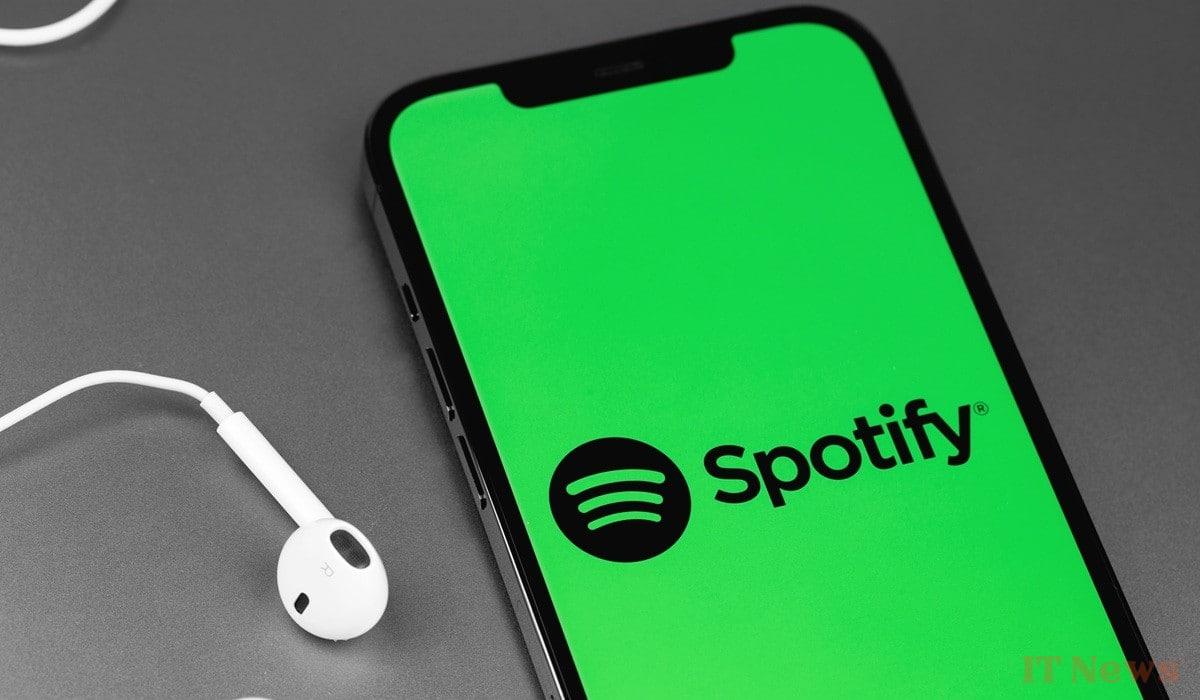While the platform claims a significant increase in payments to creators, a large proportion of them denounce a still unbalanced distribution of revenue.
Behind Spotify's big financial announcements
In 2024, Spotify proudly announced that it had paid out $10 billion in royalties. A dizzying sum that nevertheless hides a more contrasting reality. While some artists are certainly amassing fortunes, the majority are still struggling to earn a viable income from their listening (Reuters). This situation is largely due to hyper-concentration of the market between four major players: Spotify, Apple Music, YouTube, and Amazon Music.
The "Loud & Clear" report published by Spotify, which is supposed to clarify the distribution of revenue, has been greeted with skepticism by parts of the music industry. Far from calming tensions, it highlights the growing gap between streaming stars and independent artists. While headliners thrive, emerging musicians struggle to turn their streams into a real livelihood, in a system still largely dominated by major labels.
A ruthless business model for independents
Despite Spotify's optimistic rhetoric, many artists denounce a large gap between promises and reality. The platform's payout per thousand streams remains lower than that of some competitors: $3 on Spotify, compared to $8.8 on Amazon Music and $6.2 on Apple Music in 2024, according to TechCrunch. These figures explain why collectives like the Union of Musicians and Allied Workers (UMAW) are calling for structural reforms and legislation guaranteeing a minimum income for creators, regardless of their popularity.
In this ultra-competitive landscape, emerging is becoming a major challenge. With millions of tracks online, only those with solid marketing strategies or placements in popular playlists can hope to stand out. This reality fuels the debate on the fairness of the current system, where visibility is as profitable as talent.
Between growth and persistent inequality
Spotify highlights some flattering figures: 1,500 artists have generated more than a million dollars in royalties in one year, and 80% of them don't even appear in the daily global Top 50. But behind these successes, the majority of artists receive much more modest income.
The platform nevertheless highlights a positive trend: in ten years, an artist ranked 10,000th in Spotify revenue has gone from $34,000 in 2014 to $131,000 in 2024. This is undeniable progress, but it only reflects a tiny portion of the creators present on the platform. For many, streaming remains a showcase rather than a source of stable income.
The societal impact of a changing market
Beyond the figures, it is the very structure of the music industry that is being transformed by streaming. Spotify and its competitors have made music easier to access, but by disrupting traditional ways of paying, they have also weakened the ecosystem for independent artists.
Behind the apparent democratization, a tension persists: is streaming a springboard or a bottleneck for creators? Spotify finds itself at a strategic and ethical crossroads, torn between optimizing its business model and the need for a fairer distribution of revenue. The question remains: will the growth shown by the platform one day benefit all artists, or will it remain the preserve of an elite?



0 Comments